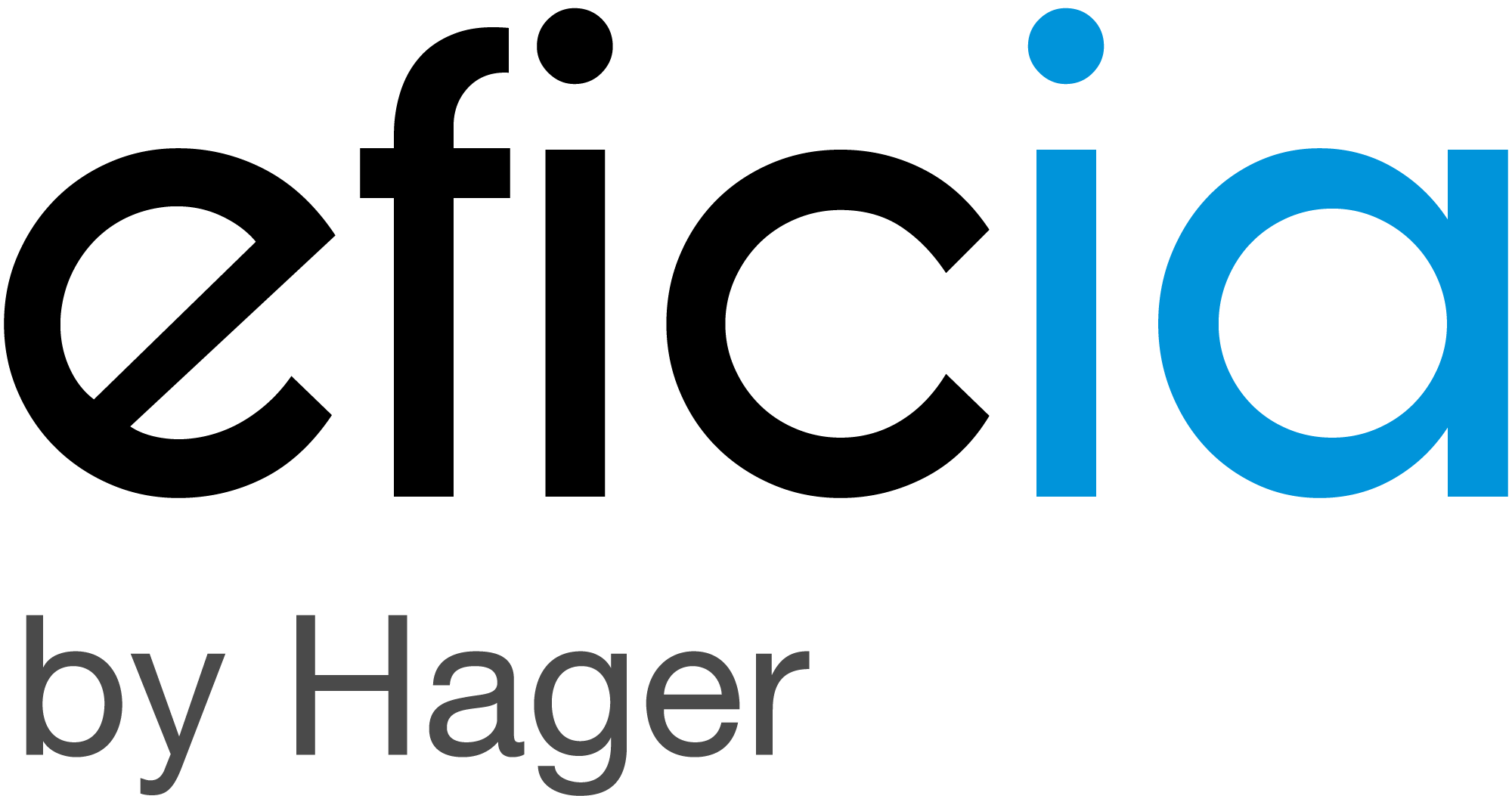Installing a BMS in accordance with the BACS decree
The BACS decree mandates the installation of building automation systems in large commercial buildings to cut energy use and improve performance. By enabling real-time monitoring and smart control of HVAC and lighting, it plays a key role in meeting EU climate goals while reducing costs and boosting energy efficiency.

Understanding the BACS decree - BMS
Definition and objectives of the decree
The BACS (Building Automation and Control Systems) decree represents a major step forward in the quest for optimised energy efficiency in commercial buildings. Published as part of French regulations, it requires the installation of automation and control systems in large buildings, with the main objective of significantly reducing energy consumption. These devices enable precise control of equipment such as heating, ventilation and lighting, while promoting proactive management of energy drifts.
But why is this decree so crucial? In reality, it is a key lever for achieving the ambitious energy transition targets set by the European Union. Thanks to these smart systems, managers can not only monitor energy performance in real time, but also anticipate and correct deviations before they lead to overconsumption or unnecessary costs.
Obligations imposed on owners and managers
To comply with the BACS decree, owners and managers of commercial buildings must meet specific requirements. First, the installation of automation and control systems is mandatory for buildings whose HVAC (heating, ventilation and air conditioning) systems exceed a rated power of 290 kW. This equipment must enable advanced energy
supervision and offer functions such as continuous monitoring, automatic regulation and deviation detection.
This obligation also extends to the implementation of solutions that guarantee interoperability between different technical building systems (BMS). This ensures smooth communication between equipment, thereby enhancing its overall efficiency. Managers must also comply with a specific timetable for compliance, or face financial penalties. These obligations are not simply a regulatory constraint: they are part of a broader vision aimed at improving occupant comfort while significantly reducing the carbon footprint of buildings.
History and regulatory context
The BACS decree is part of a long series of measures aimed at strengthening the energy transition and meeting international climate commitments. For several years, France has been adapting its regulations to align its policies with the European Union's objectives. European Directive 2018/844, which amends the Energy Performance of Buildings Directive, was a turning point. It requires Member States to integrate automation and control solutions into buildings, in particular to improve their energy performance.
In France, this directive has been transposed into thermal regulations (RT2012 then RE2020), which aim to drastically reduce the energy consumption of new and existing buildings. The BACS decree therefore complements these efforts by specifically targeting existing commercial buildings, which are often energy-intensive with high-power HVAC systems. This regulatory change illustrates a systemic approach in which each building becomes a key player in the fight against climate change.
Importance for building owners and managers
Why should building owners and managers pay particular attention to the BACS decree? The answer lies in the tangible benefits it provides. Firstly, compliance leads to considerable energy savings, often exceeding 20% in well-optimised buildings. This direct reduction in consumption translates into lower operating costs, a crucial factor in improving the return on investment (ROI) of the systems installed.
Secondly, the decree promotes overall energy optimisation by integrating advanced technologies such as real-time monitoring and automatic control. This not only ensures that equipment operates at peak performance, but also improves comfort for occupants through precise control of temperature, ventilation and lighting. Finally, complying with the decree is a proactive step towards avoiding financial penalties for non-compliance while enhancing the value of real estate assets. Buildings that meet these standards become more attractive on the market, both for tenants and investors.
Technical requirements of the decree
Required control and automation systems
To meet the requirements of the BACS decree, commercial buildings must be equipped with advanced control and automation systems, often referred to as BMS (Building Management Systems). These systems are distinguished by their ability to monitor and optimise key equipment such as heating, ventilation, air conditioning (HVAC), lighting and domestic hot water production in real time. The integration of smart sensors plays a central role in this monitoring, enabling accurate data to be collected on ambient conditions and energy performance.
These devices are not limited to simple monitoring: they also offer advanced features such as predictive analysis, automatic triggering of corrective actions in the event of energy deviations, and detailed reports to track consumption trends. Energy management thus becomes not only more accurate, but also more responsive, which is essential for meeting regulatory targets. In short, these systems represent a real revolution in the way buildings are managed on a daily basis.
Standards to be met for the installation of equipment
The installation of systems required by the BACS decree must comply with rigorous technical standards to ensure their efficiency and durability. Among these references, ISO standards, such as ISO 16484-2, play a crucial role in defining standards for building automation and control systems. These standards ensure interoperability between different pieces of equipment, enabling smooth and harmonious communication between the BMS and connected devices.
In addition, compliance with the NF EN 15232 standard is particularly important. This standard classifies buildings according to their energy efficiency potential in relation to automation systems. Buildings that comply with the decree must achieve an optimal energy class, demonstrating a significant reduction in their consumption. Professionals must also ensure that the installation complies with electrical safety requirements and that equipment is properly connected.
Finally, it is essential to carry out accurate calibration of sensors and control devices to avoid any drift in measurements or system control. An installation that complies with standards not only guarantees optimal energy performance, but also ensures legal compliance, which is essential to avoid penalties.
Impacts on the energy performance of buildings
Assessment of energy consumption before and after compliance
The implementation of automation and control systems, as required by the BACS decree, is radically transforming the way energy consumption is managed in commercial buildings. Before installation, an energy audit is essential to establish an accurate picture of existing consumption. This audit identifies the most energy-intensive areas, whether heating, air conditioning or lighting.
Once the systems are deployed, performance is continuously monitored using advanced monitoring tools. These devices measure the gains achieved in real time and quickly identify any deviations from the set targets. The results are often impressive: an average reduction of 15 to 30% in energy consumption is observed in compliant buildings. This reduction is due to the automatic optimisation of equipment and proactive management of consumption peaks.
This data is not limited to a simple analysis: it is also used to adjust energy strategies to maximise long-term savings. In short, compliance with the BACS decree provides a clear and quantified view of the positive impact on a building's energy performance.
Economic benefits of system optimisation
Compliance with the BACS decree is not limited to energy benefits: it also generates significant economic advantages for building owners and managers. One of the main financial drivers is the reduction in operating costs. By optimising the operation of HVAC, lighting and other energy-intensive equipment, buildings can achieve substantial reductions in their energy expenditure, often in excess of 20%.
In addition, the investment required to install these systems can be partially offset by energy saving certificates (EEC). These subsidies reduce the initial cost of the installations, making the transition more affordable. In addition, the decree promotes a rapid return on investment (ROI): in some cases, the savings generated can offset the costs in just a few years.
Finally, improving energy performance directly contributes to the value of the property portfolio. A building that complies with the requirements of the decree becomes more attractive to investors and tenants, particularly thanks to its reduced carbon footprint and increased comfort for occupants. In short, complying with the BACS decree is not only an environmentally responsible approach, but also a sound economic strategy.
Strategies for successful implementation
Key steps for complying with the BACS decree BMS
Complying with the BACS decree requires a methodical and structured approach. The first step is to carry out an initial audit of the existing installations. This audit assesses current energy performance, identifies obsolete equipment and determines the building's specific needs in terms of automation and control systems.
Once this assessment has been completed, it is crucial to move on to planning. This phase involves defining a precise schedule for the installation of the required systems, while taking into account budgetary and technical constraints. Equipment must be chosen with care: it is essential to favour solutions that are compatible with ISO and NF standards, thus ensuring their interoperability and efficiency.
The next step is the actual installation. This must be carried out by qualified specialists to ensure optimal connection of the equipment and precise configuration of the devices. Finally, once the system is operational, it is essential to carry out a thorough testing phase to verify that it is functioning properly and complies with the requirements of the decree. This methodology ensures a smooth transition to advanced energy management.
Best practices for maintenance and monitoring
To ensure the longevity and efficiency of automation systems installed in accordance with the BACS decree, proactive maintenance is essential. Preventive maintenance should be prioritised: this involves scheduling regular checks to verify the condition of equipment, recalibrate sensors and anticipate any potential failures. This type of maintenance avoids unexpected interruptions and extends the service life of the devices.
Continuous optimisation is also essential. Thanks to the data collected by monitoring systems, it is possible to constantly adjust operating parameters in order to maximise energy savings. For example, by analysing occupant habits, the system can automatically adjust the temperature or lighting to meet actual needs while minimising consumption.
Finally, performance monitoring must be systematic. Regular reports on energy efficiency not only measure progress, but also quickly identify any deviations or drifts in system operation. By adopting these best practices, managers ensure a high level of performance while complying with the regulatory requirements imposed by the BACS decree.
Resources available to support managers in the process
To help managers of commercial buildings comply with the BACS decree, a number of resources and aids are available. Firstly, energy saving certificates (CEE) play a key role by offering subsidies that reduce the costs associated with installing automation systems. These financial aids are available under certain conditions, and it is recommended that specialists be consulted to optimise their acquisition.
At the same time, various organisations offer technical support throughout the compliance process. This includes energy audits, advice on equipment selection and assistance with compliance with ISO and NF standards. These experts can also help draw up a clear and realistic action plan tailored to the specific characteristics of the building.
Finally, investing in specialised training for technical teams is essential. These sessions enable them to master the use and maintenance of the systems, thus ensuring their long-term efficiency. By combining these resources with a methodical approach, managers have all the tools they need to transform their buildings into models of energy performance.
